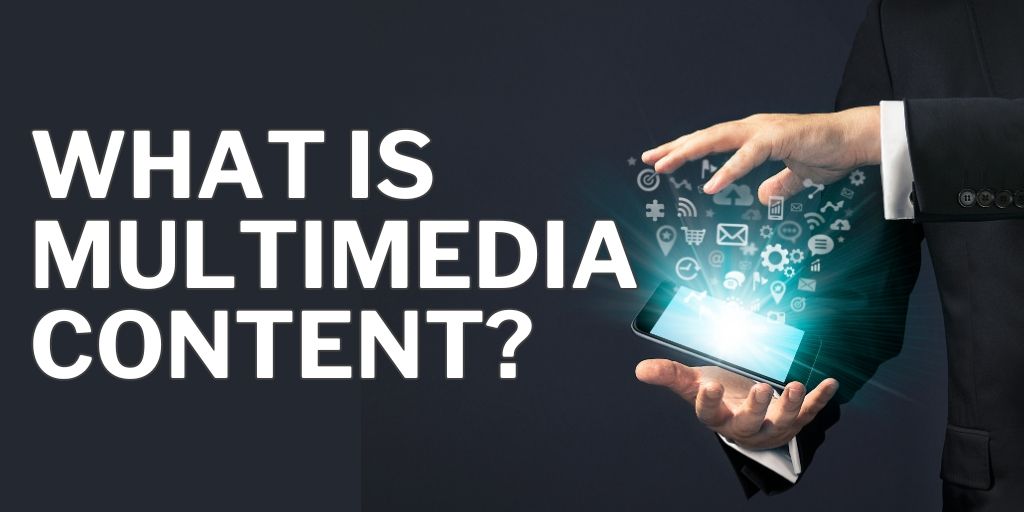In today’s digital age, we consume information quickly, and multimedia content has emerged as a powerful tool for conveying messages, engaging audiences, and enhancing the overall user experience. In this article, let’s discuss in detail about multimedia content, exploring its types, advantages, and best practices.
Understanding Multimedia Content
Multimedia content refers to any content that combines different forms of media elements such as text, images, audio, and video to educate, entertain, or tell a story. It makes your content more compelling and memorable than traditional text-based content.
Nowadays, it’s almost impossible to grab a user’s attention without multimedia content since human attention spans are shorter than goldfish.
Types of Multimedia Content
- Videos are the best and most popular form of multimedia content. They engage visual and auditory senses, making them highly effective for storytelling and marketing.
- Images include photographs, charts, graphs, and infographics. They are effective in making users engage with your content.
- Audio includes podcasts, interviews, sound effects, and voiceovers. They aren’t as effective as videos and images when used alone.
- Texts include written content such as articles and ebooks. They can be effective when combined with videos, images, and audio.
Benefits of Multimedia Content
Here are the benefits of multimedia content.
- Enhanced engagement: Multimedia content simulates visual and auditory senses, making the content more engaging and appealing to the audience.
- Improved understanding: Multimedia content makes it easier for people to understand complex concepts.
- Higher retention: Studies have proven that people remember information better when presented in multimedia formats, which is especially useful for educational content and marketing campaigns where the goal is to leave a lasting impression.
- Increased shares: Multimedia content is more likely to be shared on social media, expanding its reach. It’s also useful for businesses looking to expand their reach globally.
- Better communication: Through multimedia, creators can convey emotions much better, which helps reduce misunderstandings and improve the overall quality of communication.
Best Practices for Creating Multimedia Content
Here are the best practices for creating multimedia content.
- Know your audience: Define your target audience and tailor your content to meet their needs and expectations.
- Plan your content: Create a detailed plan to organize your multimedia content. Include a content outline, structure, and key elements in the plan.
- Quality matters: Quality plays a significant role in the success of your multimedia content. So, invest in a high-quality camera, microphone, and PC for editing.
- Accessibility: Make your content accessible to all users by providing captions for audio and video, alt text for images, and ensuring screen reader compatibility.
- Consistent branding: Use consistent branding elements such as logos, colors, and fonts to improve your brand identity and show professionalism.
- Optimization: Test your content on various devices and platforms to ensure it’s optimized. Optimizing your content is necessary to provide a consistent user experience.
- Improve loading times: If you publish content on your website, ensure it loads fast to prevent user frustration. Compressing images and videos and using a content delivery network (CDN) can improve loading speed.
- Engage emotionally: Try to connect with your audience emotionally through your content, as it usually yields the best results.
- Monitor analytics: Use analytics tools to track user behavior, engagement, and conversions. This data can help you plan content strategy and make data-driven decisions.
Conclusion
Multimedia content has transformed our way of communication, learning, and entertaining ourselves. Its ability to engage multiple senses and convey information effectively makes it an invaluable tool for businesses, marketers, and educators.
Ken D Foster is a best-selling author, transformational leader, business strategist, and producer of the Voices of Courage Show, syndicated in 185 countries. Click here to meet with Ken and discuss broadcasting on his Network TCN (The Courage Network).

